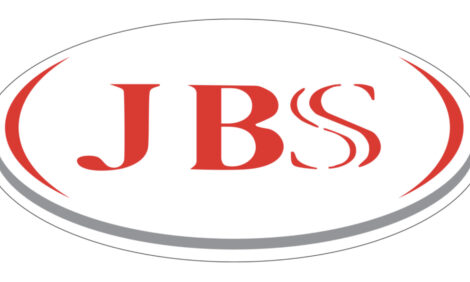



Why Beef Quality Grades are Improving
US - Prices have eased, but a 10-year uptrend in beef quality from US grain-fed cattle remains in place. That is partly because lower quality beef has sold at a widening discount to average quality, says a beef cattle specialist with the Certified Angus Beef® (CAB®) brand.Paul Dykstra recently published the white paper, Why Quality Grades are Improving, which examines the trend, its causes and implications.
The last decade has been transformative, he says.
“Angus cattle have risen to dominate the US beef supply chain because their owners and managers exploited the breed’s ability to marble,” Mr Dykstra says. “That’s independent of other economically important traits related to maternal and growth performance.”
The market demanded more highly marbled beef, and producers responded through genetics, management and marketing strategies.
“Ten years ago, we had a shortage of high-quality product, with the weekly share of USDA Choice often dropping below 50 per cent,” he reviewed. “That led to market incentives, fueling the turnaround in grade. The 2015 average of 69.1 per cent Choice was a 17.3-percentage-point improvement in annual grading since then.”
Moreover, the highest quality, Prime had struggled to account for more than 3 per cent of beef for many years but has effectively doubled its share. By late November 2016, Prime was averaging 6.7 per cent of the US fed-cattle mix, on top of 70.8 per cent Choice.
“People may recall hearing about higher quality grades several decades ago, but in the 1970s and '80s many carcasses were not offered for USDA grading,” Mr Dykstra says. “Today’s US cattle herd is producing the largest amount of high-quality beef ever.”
His overview includes the history and shifts in how quality grades are assigned, along with producer responses to environmental and economic signals, from drought and $7 corn to technological advances in feeding and genetic selection. For more details on this retrospective, please click here.
TheCattleSite News Desk


